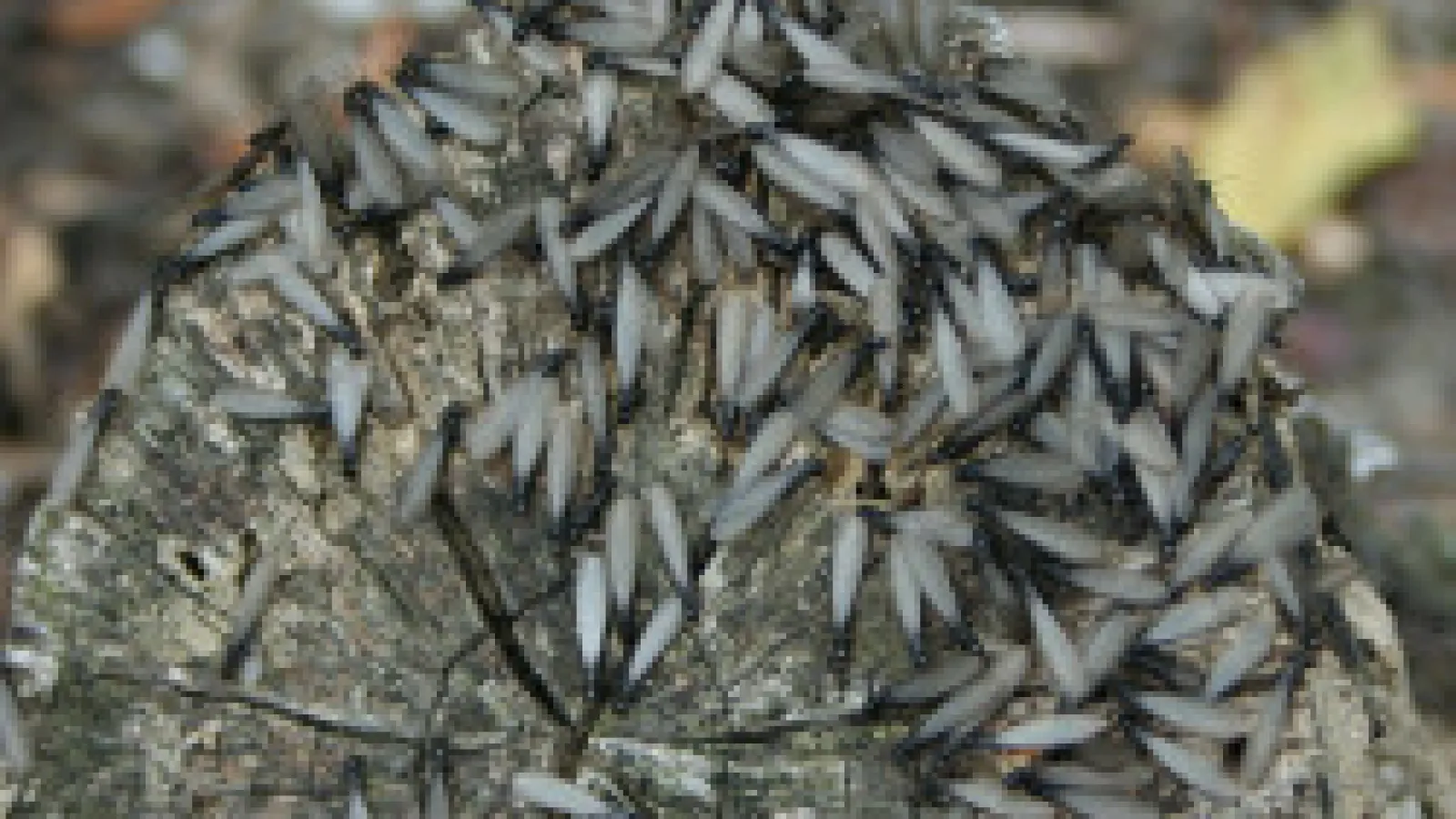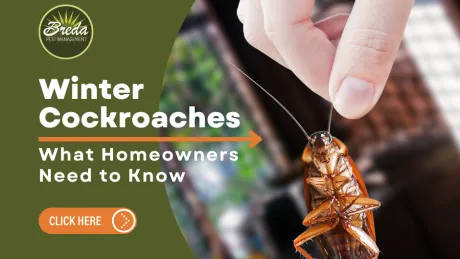Termites can be tricky to spot, treat and keep away. They can damage essential materials in your home like support beams and any other wood elements that are exposed. According to the United States Department of Agriculture, termites cause $40 billion per year in damages globally and are responsible for destroying 600,000 homes annually. This means that you must be proactive with your home if you want to avoid costly repairs and extensive bug removal. Termites cause an estimated $5 billion in damages annually. Catching termite colonies early on can help to reduce the amount of service you will need and keep your stress levels low. No one wants to come home from a long day to find out you have termites. Because we know the feeling, Breda has created this guide to help you identify, stop and keep out termites.

Identifying Termites
The first step to spotting a termite infestation is to verify that you are in-fact dealing with termites, and determine which kind of termite it is. There are three species of termite that are commonly found in the United States:
Subterranean Termites
These termites live in underground colonies and will infest any wood in contact with the ground. These termites cause the most damage in the United States as a whole.
Dampwood Termites
This species build their nests in damp or rotting wood but can extend their tunnels into drier parts of the wood. These termites cause less structural damage than their counterparts.
Drywood Termites
Drywood termites build their nests in dry wood above ground. They cause significant damage in the Southeast region of the country.
Identification Tip: Termites are commonly mistaken for flying ants. Ants have front wings that extend longer than the back ones, where termites have equal length wings. Ants also have antennae bent at a 90 degree angle while termites have straight, droopy antennae. Making sure you know what kind of pest you have is essential to treating and minimizing damage.
How to Spot
Because they rarely emerge from soil, food source tunnels or materials, it can be tough to spot them until you notice significant damage. They are also commonly seen as a "swarm," but rarely make themselves known until late in their destruction. Breda Pest Management can perform a flir infrared camera inspection to detect the presence of termites. You can check your home for termites by probing exposed wood for hollow spots using a flathead screwdriver or similar tool.
Look for these 6 telltale signs of a termite infestation:
1. Discarded wings: Swarms of termites will shed their wings and search for new homes. If you find piles of wings laying around, it is an indication that there are a swarm of termites nearby.
2. Mud tubes: Subterranean termites build mud tubes to transport their food back to their colony. If you see these tubes on or around your home you may have a subterranean termite infestation.
3. Termite galleries: As subterranean termites eat through the wood of your house they create empty spaces of wood as they burrow and eat through it.
4. Termite droppings: Drywood termites leave behind their fecal dropping as they make their way through your home. If you see mounds of pellet-shaped termite droppings nearby there is a good chance you have a drywood termite infestation.
5. Hollow wood: If you have any suspicion of a termite infestation investigate for hollow wood by tapping or puncturing areas in question. If you wait for the cracks and fissures to appear on your own the damage is likely already very severe.
6. Self-destructing surroundings: Swollen floors or bubbling paint could be signs of termite activity. Since they like dark moist areas they tend to live just below the surface of the wood and bring moisture with them which causes reactions in the floors and walls.
How to Stop
Once you've identified the termites, you can treat them using chemicals or try to go the less effective, chemical-free route. For this, you can incorporate physical barriers during construction, steel mesh or sand types and biological control agents like nematodes or fungi. These non-chemical methods can be used for prevention or treatment, but they are much less effective than chemical treatments in eliminating the pests. Chemical treatments include liquid soil applied termiticides, baits, materials containing termiticides and wood treatments. Expert pest removal technicians like the trusted staff at Breda is highly trained in detecting termites and choosing the most effective treatment for eliminating the threat per your specific situation.
How to Ward Off
If you don't currently have a termite problem, or have just recently cleared up a termite infestation, follow these tips on how to keep termites from coming into your home.
· Clear food sources
· Move firewood away from your home
· Reduce moisture levels
· Seal off entry points in your home
· Keep gutters and drains clean
· Keep soil dry
· Fix leaks
· Get a professional prevention plan
Termites can be a nightmare, but they don't have to be. Choosing a plan that can help you to prevent, spot, treat and keep out termites can be the difference in thousands of dollars to repair damaged wood. Breda is committed to providing our customers with comprehensive and effective treatment plans that will keep your home and peace of mind secure.
Termite inspection by a professional is a guaranteed way to ensure your home is not infected with termites. Breda recommends an annual inspection where our professionals will utilize infrared equipment to detect the movement and presence of termites. Ensure you're up to date on inspections, keep your materials from looking attractive to pests and trust your local pest control specialists to keep your home safe and secure. To learn more about termites and other threats to you and your home this spring, check out our latest free guide, Spring Pest Control Checklist.



